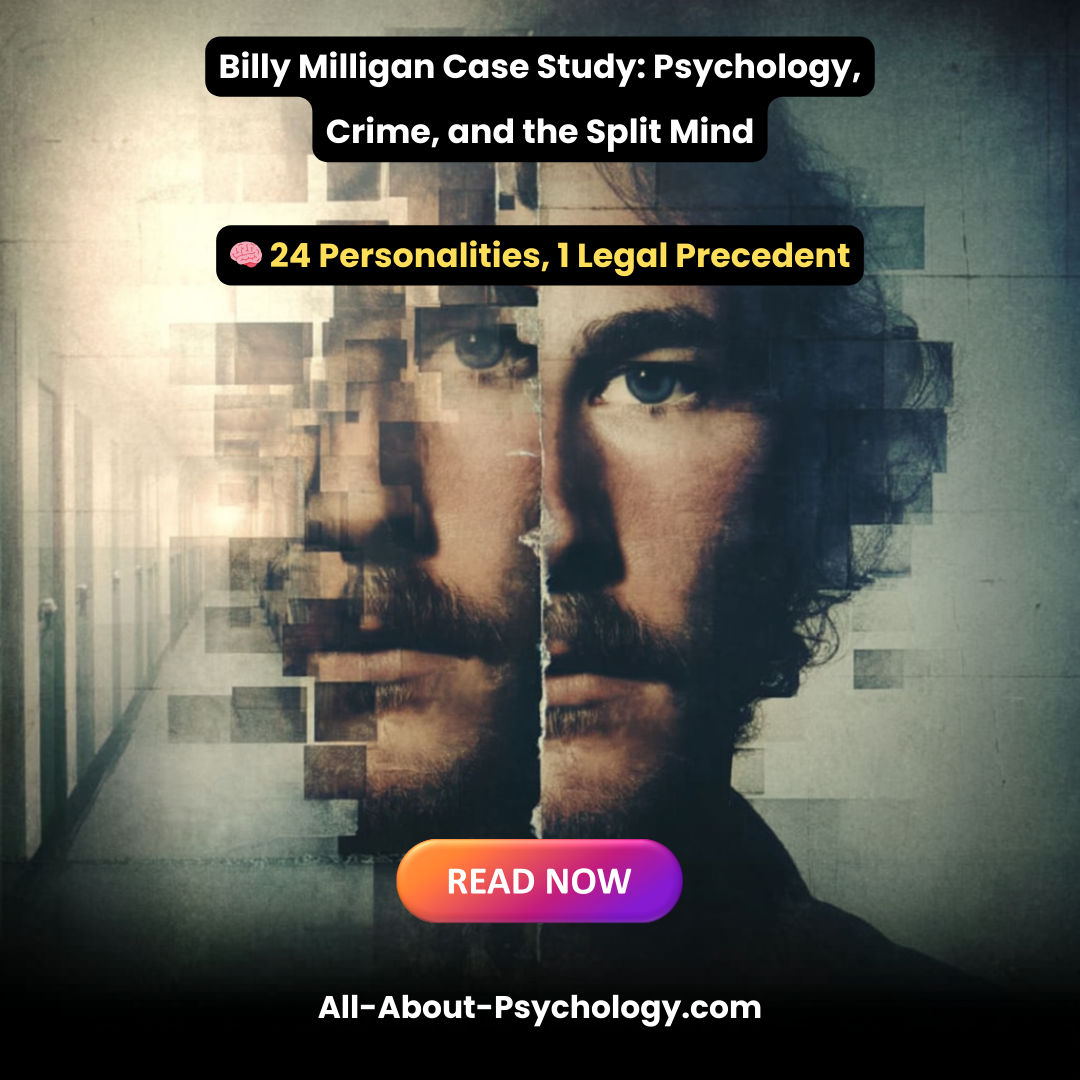Psychology Classics On Amazon

Emotions: How Humans Regulate Them and Why Some People Can’t
Take the following scenario. You are nearing the end of a busy day at work, when a comment from your boss diminishes what’s left of your dwindling patience. You turn, red-faced, towards the source of your indignation. It is then that you stop, reflect, and choose not to voice your displeasure. After all, the shift is nearly over.
This may not be the most exciting plot, but it shows how we as humans can regulate our emotions.
Our regulation of emotions is not limited to stopping an outburst of anger – it means that we can manage the emotions we feel as well as how and when they are experienced and expressed. It can enable us to be positive in the face of difficult situations, or fake joy at opening a terrible birthday present. It can stop grief from crushing us and fear from stopping us in our tracks.
Because it allows us to enjoy positive emotions more and experience negative emotions less, regulation of emotions is incredibly important for our well-being. Conversely, emotional dysregulation is associated with mental health conditions and psychopathology. For example, a breakdown in emotional regulation strategies is thought to play a role in conditions such as depression, anxiety, substance misuse and personality disorders.
How to manage your emotions
By their very nature, emotions make us feel – but they also make us act. This is due to changes in our autonomic nervous system and associated hormones in the endocrine system that anticipate and support emotion-related behaviours. For example, adrenaline is released in a fearful situation to help us run away from danger.

Before an emotion arises there is first a situation, which can be external: such as a spider creeping nearer, or internal: thinking that you are not good enough. This is then attended to – we focus on the situation – before we appraise it. Put simply, the situation is evaluated in terms of the meaning it holds for ourselves. This meaning then gives rise to an emotional response.
Psychologist and researcher James Gross, has described a set of five strategies that we all use to regulate our emotions and that may be used at different points in the emotion generation process:
1. Situation selection
This involves looking to the future and taking steps to make it more likely to end up in situations that gives rise to desirable emotions, or less likely to end up in situations that lead to undesirable emotions. For example, taking a longer but quieter route home from work to avoid road rage.
2. Situation modification
This strategy might be implemented when we are already in a situation, and refers to steps that might be taken to change or improve the situation’s emotional impact, such as agreeing to disagree when a conversation gets heated.
3. Attentional deployment
Ever distracted yourself in order to face a fear? This is “attentional deployment” and can be used to direct or focus attention on different aspects of a situation, or something else entirely. Someone scared of needles thinking of happy memories during a blood test, for example.
4. Cognitive change
This is about changing how we appraise something to change how we feel about it. One particular form of cognitive change is reappraisal, which involves thinking differently or thinking about the positive sides – such as reappraising the loss of a job as an exciting opportunity to try new things.
5. Response modulation
Response modulation happens late in the emotion generation process, and involves changing how we react or express an emotion, to decrease or increase its emotional impact – hiding anger at a colleague, for example.
How do our brains do it?
The mechanisms that underlie these strategies are distinct and exceptionally complex, involving psychological, cognitive and biological processes. The cognitive control of emotion involves an interaction between the brain’s ancient and subcortical emotion systems (such as the periaqueductal grey, hypothalamus and the amygdala), and the cognitive control systems of the prefrontal and cingulate cortex.
Take reappraisal, which is a type of cognitive change strategy. When we reappraise, cognitive control capacities that are supported by areas in the prefrontal cortex allow us to manage our feelings by changing the meaning of the situation. This leads to a decrease of activity in the subcortical emotion systems that lie deep within the brain. Not only this, but reappraisal also changes our physiology, by decreasing our heart rate and sweat response, and improves how we experience emotions. This goes to show that looking on the bright side really can make us feel better – but not everyone is able to do this.
Those with emotional disorders, such as depression, remain in difficult emotional states for prolonged durations and find it difficult to sustain positive feelings. It has been suggested that depressed individuals show abnormal activation patterns in the same cognitive control areas of the prefrontal cortex – and that the more depressed they are the less able they are to use reappraisal to regulate negative emotions.
However, though some may find reappraisal difficult, situation selection might be just a little easier. Whether it’s being in nature, talking to friends and family, lifting weights, cuddling your dog, or skydiving – doing the things that make you smile can help you see the positives in life.![]()
Leanne Rowlands, PhD Researcher in Neuropsychology, Bangor University
This article is republished from The Conversation under a Creative Commons license. Read the original article.
Recent Articles
-
Promoted Psychology Books | All-About-Psychology.com Showcase
Apr 24, 25 03:20 AM
Discover standout titles featured through expert psychology book promotion. See what authors are sharing—and how their work is reaching new readers. -
All About Psychology
Apr 22, 25 02:37 PM
A psychology website designed to help anybody looking for detailed information and resources. -
Sponsor a Psychology Website with Over a Million Yearly Visitors
Apr 22, 25 10:07 AM
Showcase your brand to a huge, engaged audience. Discover how to sponsor a psychology website trusted by over a million visitors a year.




